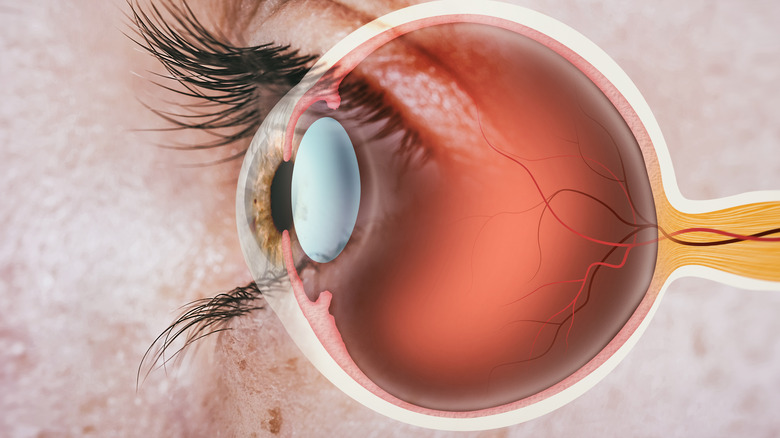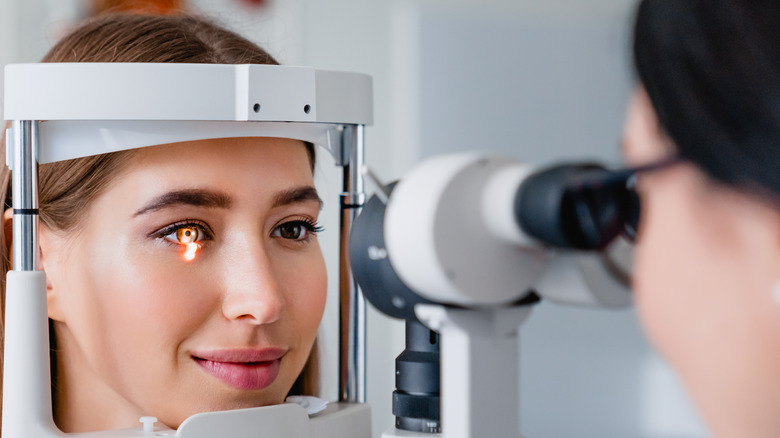What It Really Means If You Experience High Eye Pressure
Many people have heard of high blood pressure, but have you heard of high eye pressure? The condition is medically known as ocular hypertension, and it means that although your optic nerve looks normal, the pressure inside of your eye is higher than normal (by 10-20 millimeters of mercury), according to the American Academy of Ophthalmology. This typically happens if your eye does not drain fluids properly. High eye pressure is generally not accompanied by any symptoms, but that does not mean it's not serious. A 2002 study published in Archives of Ophthalmology indicates that when left untreated, people with high eye pressure have a greater chance of developing glaucoma.
According to the Centers for Disease Control and Prevention (CDC), glaucoma is the second most common cause of blindness worldwide. People at particularly high risk of glaucoma include African Americans over the age of 40, people of any race over the age of 60, people with a family history of the condition, and people with diabetes.
What to know about glaucoma
If glaucoma reaches an advanced stage, it can cause blurred vision, blind spots, severe headaches, eye pain, nausea and vomiting, halos around lights, eye redness, and eventually blindness, according to the Mayo Clinic. Any vision loss caused by glaucoma is irreversible, so it is important to catch it early. It is difficult to rely on symptoms for detection because people with glaucoma often show no symptoms when the disease is in its early stages. That being said, the American Academy of Ophthalmology advises getting a comprehensive eye exam once in your 20s and twice in your 30s. A complete exam should be conducted again at age 40, but all of these guidelines are subject to preexisting medical conditions and your family history of eye disease.
According to the CDC, people can reduce their risk of vision loss from glaucoma by avoiding smoking, engaging in physical activity, and maintaining a healthy weight and blood pressure.


